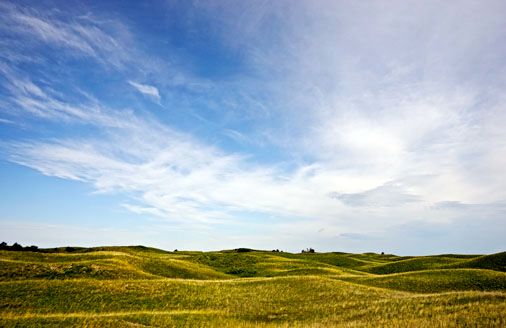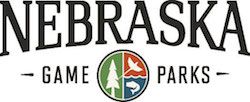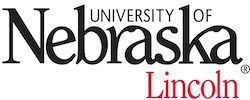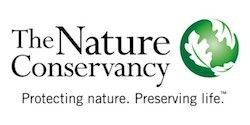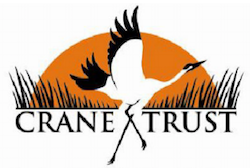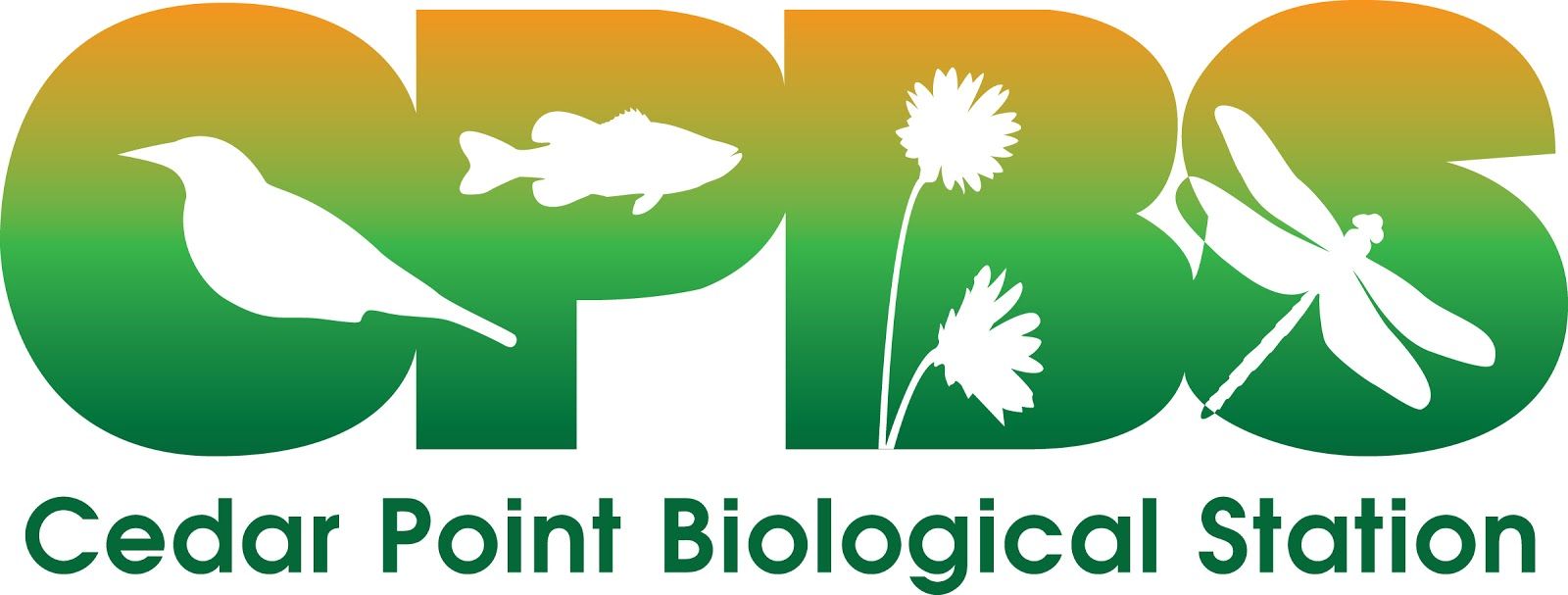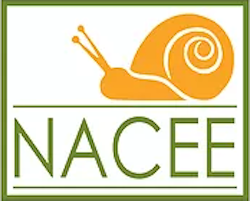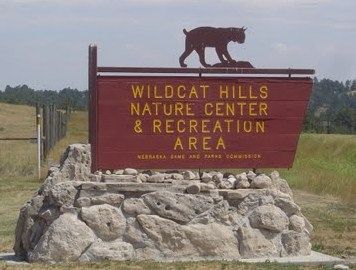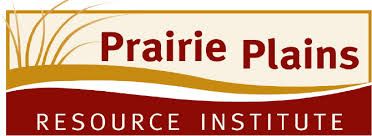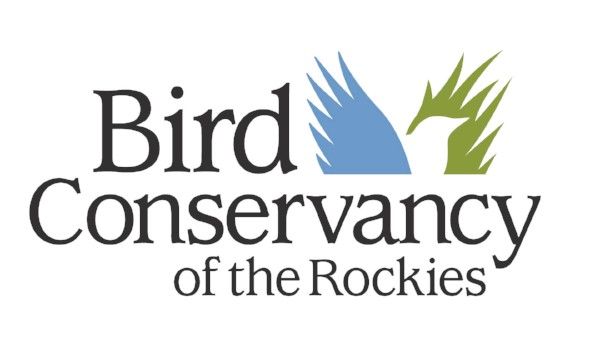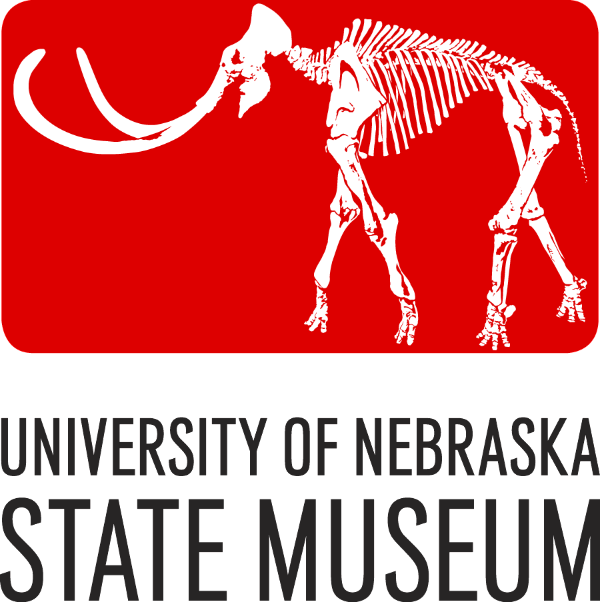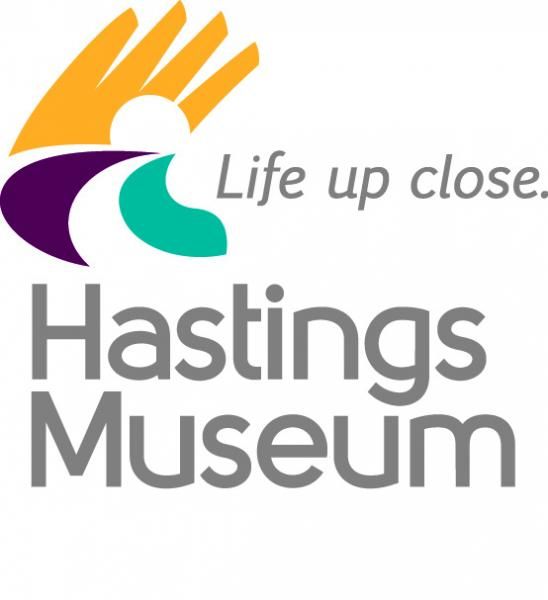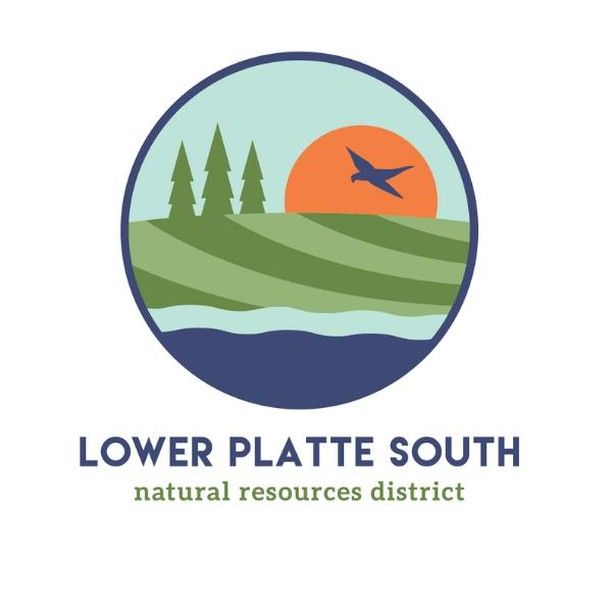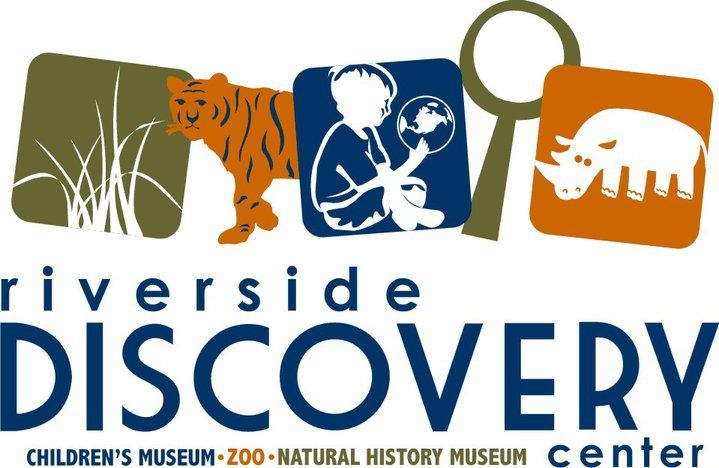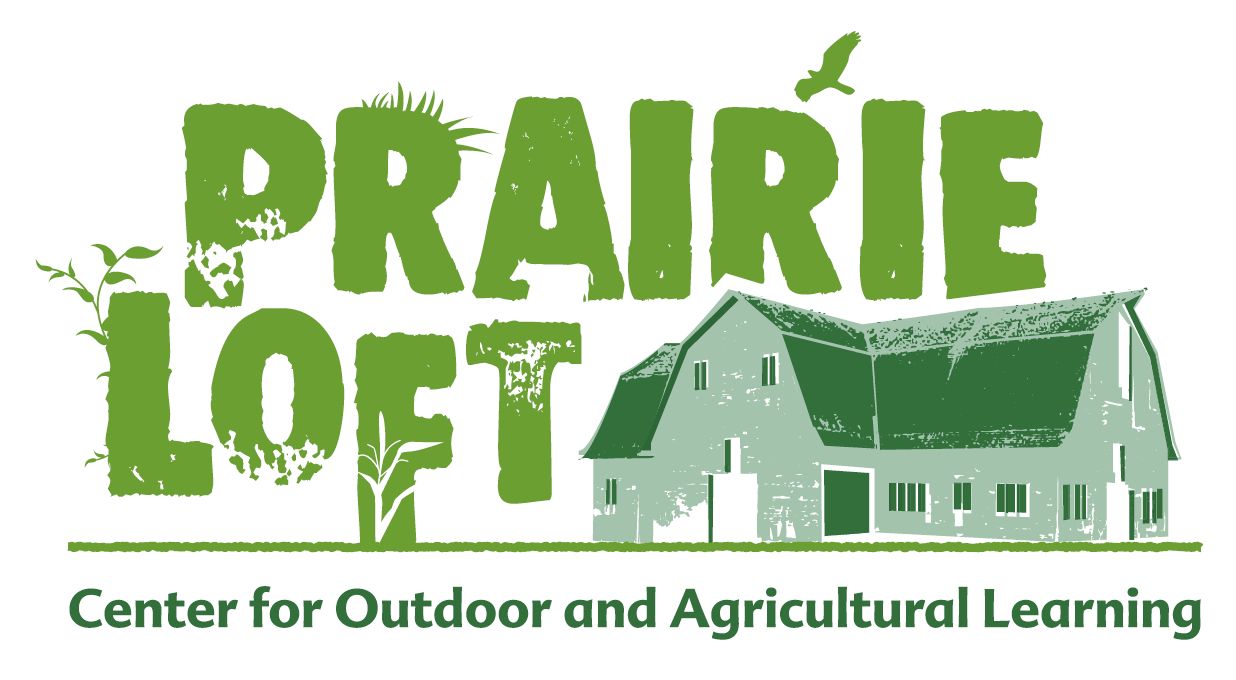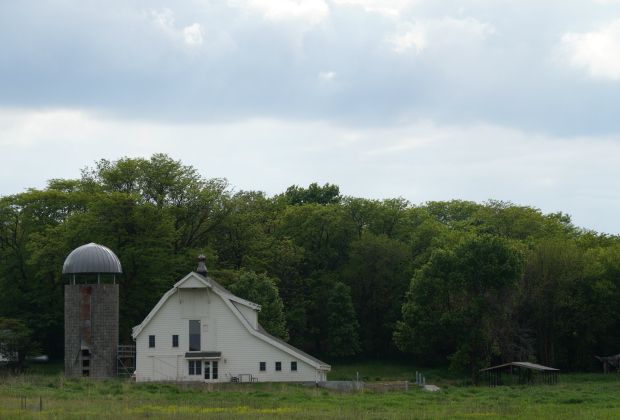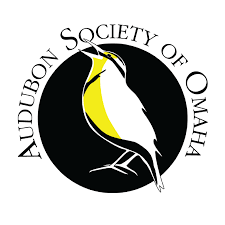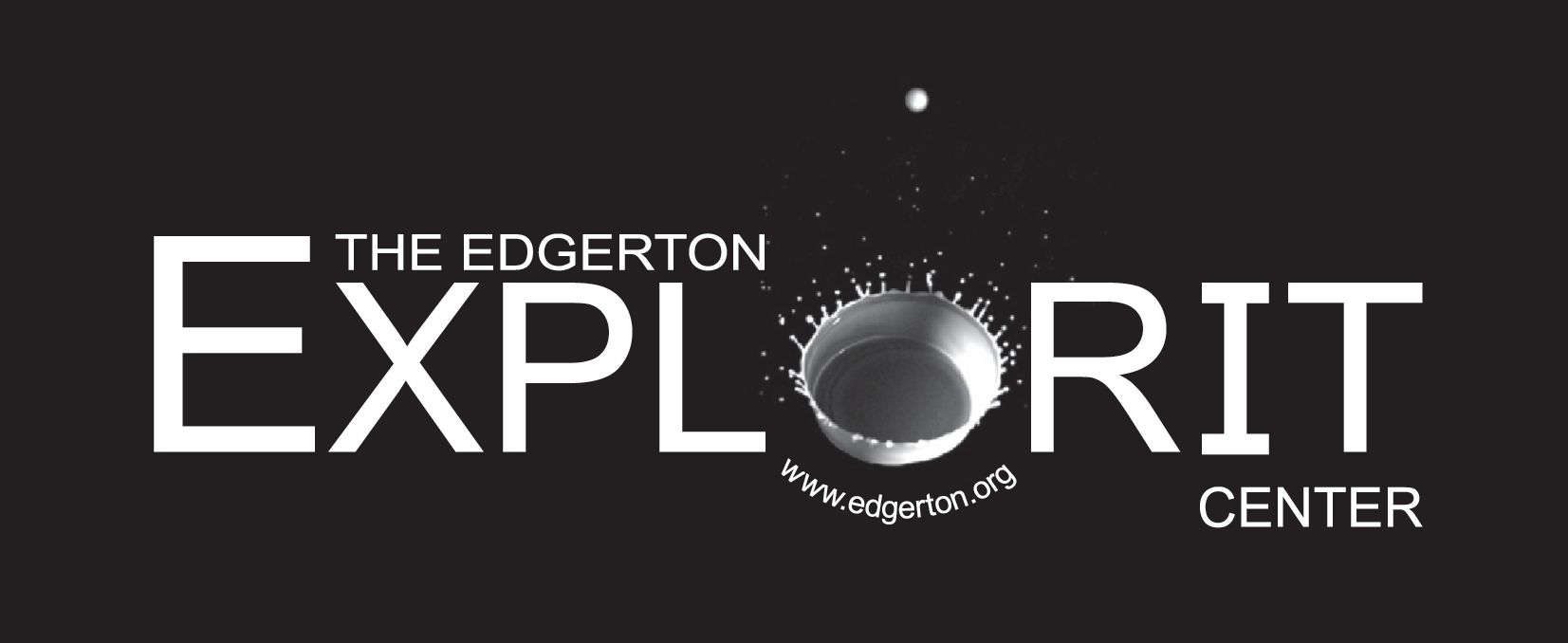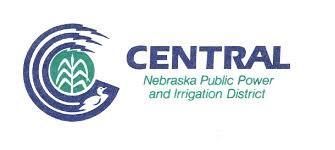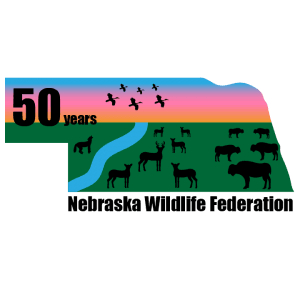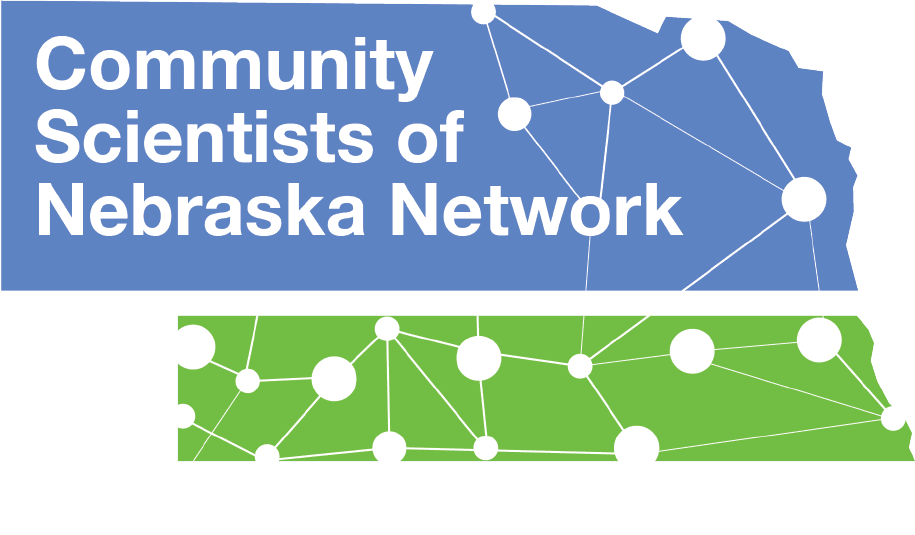The Nebraska Master Naturalist Program History
A timeline of the history of the Master Naturalist Program was organized and written by fellow Naturalist Tim Olin
2005
The roots of the Nebraska Master Naturalist Program began as a quest to focus on eco-tourism in the state of Nebraska back in 2005. A meeting was held on September 21, 2005 regarding that focus. Those attending that meeting included Tom Tabor-Division of Tourism, Dennis Ferraro -UNL Extension, Mark Hupert-Game & Parks, Keeana Leonard-Rowe Sanctuary, and Cheryl Burkhart-Kriesel-UNL Extension & Rural Initiative, Randy Cantrell, UN Rural Initiative & Marcia White, UN Rural Initiative.
An overview was given by Cheryl of “how the group has developed from the original task of a field guide training to a more comprehensive master naturalist program.” It was at that meeting that they began to look at different approaches to promoting eco-tourism and field guides that would show the way to create a master naturalist program. Another topic was where to the program should be “housed”. Game and Parks was one logical place as it already had met with national experts and was planning the Nebraska Legacy program.
Also discussed was the suggestion that a full time coordinator was probably needed to run a quality program. Matters to look at included: how the program would be organized, training sessions, costs and fees incurred, how volunteer hours would be logged and promotion of the program. Partners for the program could be UNL Ext (Rural Initiative), Game and Parks, Rowe Sanctuary, and other private and public conservation groups. It was decided that Dennis would develop an outline for the 1 & ½ day field guide training that would be held in Garden County.
Prior to that meeting many emails were exchanged between the participants about that upcoming September meeting. They were looking at a possible Master Naturalist Program that Iowa had. Another option was something along the lines of the UNL Extension Master Gardener program. Research on other Master Naturalist programs was done by Mark Hurpert and what he found was that at least 10 states had programs. The Iowa program is close to the Master Naturalist program, “but is called Master Conservationist. In every case the program has a connection between Extension and the equivalent of the Nebraska Game and Parks Commission. Dennis Ferraro laid out the hours required for education, service required and costs for the basic program. “The foundation for the Master Naturalist programs seems to be the Master Gardener program.” While the Master Naturalist program seems worthy of pursuit by someone in the state, I’m not sure it’s a perfect fit with the Field Guide Training was one thought. If a Master Naturalist program is developed at some point in the future, perhaps it can serve as a feeder program to a certified field guide.
2006
Dennis and Scott Hyngstrom work on receiving grants. Game and Parks gives a $25,00.00 in-kind grant to the cause. Dennis conducted and facilitated stakeholder meetings to build a Master Naturalists program.
A survey and letter was sent to over 200 nature and education related agencies and persons. Results indicated that a NMN program would be greatly supported. Sixteen different groups were picked to develop the statewide program. Those agencies included: Central Nebraska Public Power & Irrigation District, Crane Meadows, Wildcat Hills Nature Center, Platte River Whooping Crane Trust, The Nature Conservancy-South Central Nebraska Resource Conservation & Development Council, Central Platte NRD, UNL Wildlife Club, Lincoln Children’s Zoo, Omaha Henry Doorly Zoo, Papio-Missouri River NRD, Lower Platte South NRD, Cather Foundation, Upper Big Blue NRD, Fontenelle Nature Association and Nebraska Game and Parks.
2007
Work continued in April of 2007 and evolved into a February 13, 2008 meeting where the program began to take form.
What is the vision? It will be recognized both as a state-wide and national sustainable, science-based, conservation, and education volunteer program.
Who will coordinate the program? A state-wide coordinator.
Who will be the volunteers? Quality vs Quantity was the focus.
What is the core training to be? How many hours long will it be? What will be covered? How much training during the year shall be required?
Who will train the volunteers? How much will it cost for trainers?
Where will the funding come from? The Nebraska Environmental Trust was mentioned as a funding opportunity.
Another interesting aspect brought up at that time was the potential for a Jr. Master Naturalist element, which is now beginning to take shape in 2019 and 2020 from the NRD. Ten attendees wrestled with what to do next and how to do it. Of those 10 attendees only one (Dennis Ferraro) is still active in the program. One of the objectives stated at that time was within five years to have trained and certified 500 people state wide.
2008
Dennis developed a complete and comprehensive outline for NMN program. The curriculum is multifaceted to include all possible aspects of natural resource and environmental disciplines and issues. He also received input from team members on contacted experts to commit to assist in the training process. Areas involved in the training were to cover geology, flora & fauna, ag and economics, interpretation, eco-tourism, citizen science and entrepreneurship.
The Mission: The Nebraska Master Naturalist Program educates a volunteer network dedicated to promoting the conservation of Nebraska’s natural resources.
Much work continued in developing specifics in the curriculum and training of volunteers. The key to the successful implementation of a Master Naturalist Program is the hiring of a qualified full-time coordinator with experience and success in the field of volunteer management. The Program Supervisor will be the UNL Extension Wildlife Specialist and will work closely with the Advisory Board to provide guidance, oversight, and review of statewide activities. Fees paid by volunteers, contributions by partners and fundraising will be used to raise the estimated $100,000 needed annually to maintain the program.
The Nebraska Natural Legacy Project’s identified actions needed to conserve the state’s at-risk species including federally threatened and endangered species will be a focus of enlisted volunteers of the NMN Program.
2009
Another meeting was held on April 20, 2009 on the UNL East Campus. There were still many items that were works in progress. They included: Financial Sustainability, Program/Curriculum, Marketing, Architecture/Structure, Code of Ethics, website, training, and a NMN Foundation.
The Nebraska Master Naturalist Program began in 2009 with funding from the Nebraska Environmental Trust ($170,000) and the Nebraska Game and Parks Commission ($75,000) and is based in the School of Natural Resources at the University of Nebraska-Lincoln.
2010
The first class graduated in August of 2010. Maryann Gamble was in that first class of graduates. “I specialize in Outdoor, Outreach and Interpretation programs. I volunteer anywhere across the state, but my main focus is on the eastern half of the state. I am a Master Naturalist Mentor because I want to be there as a support and motivator for all naturalists. The program is so important in connecting back to our state’s resources.” The first hired Coordinator was Annabel Majors in 2010 and served until January 2014.
2011-In order for a Certified Nebraska Master Naturalist to achieve the Outreach specialization of the NMN Program, volunteers must complete a variety of tasks. A participant must complete 4 of the selected trainings, workshops, or activities listed in the checklist. If a training is not listed but is relevant, trainings can be approved upon request. Documentation on the progress through the Outreach specialization will be tracked via the Master Naturalist online system. A volunteer must complete a minimum of 20 hours specifically in Outreach and in addition must have 20 hours of volunteering.
2012- The lost year. We are still searching for what happened this year. If you were new members of a class this year or have some recollection of a specific event please let us know and we can update this year. Thanks
2013
On June 4th-the Program Committee Reviewed & Defined the Committee’s function. Work on the Curriculum continued with several modules. These included: Ecological Principles & Concepts; Geology and Natural History of Nebraska; Local Ecosystem Types/Regions; Botany and Plant Communities; Entomology-Insects & Arthrodods; Ichthyology-Fish; Herpetology-amphibians, Turtles & Reptiles; Ornithology-Birds; Mammalogy-Mammals; On-Site Hands-on training; Safety and logistics of guiding a tour in local areas; Communicating with the public; Mapping trips in a local area; The business “cents’ of nature; Invasive Species; and Assisting Scientists.
2014
In 2014 the program received good news that the Nebraska Environmental Trust would continue to fund the program for another 3 years with $300,000. It will allow the Program to hire 2 full-time and1 part-time persons. Originally 2 people guided the Program from Hardin Hall on the UN-L East Campus. At that time there was only an Interim Coordinator. Other funding and support came from at least 31 other diverse entities such as the Calamus Outfitters, the Rocky Mountain Bird Observatory, Nebraska Forest Service, Pioneers Nature Center and the Prairie Loft Agriculture Education Center. Nebraska Master Naturalists Interim Program Coordinator and Trainings Assistant Matt Jones pointed out who Nebraska Master Naturalists are. They include “landowners, teachers, professionals, guides, college students, parents, retirees, and role models.” Just to name a few.
“In today's world, it's clear that our natural environment cannot be preserved and protected by the few people officially designated with this task. It will take all of us, in all parts of the world. We all need to find ways to help in this monumental task. Citizen Science offers each of us a path to find special ways in which we can each help protect our part of the world. It's an elegant, efficient, and engaging solution to the huge environmental problems we face in the 21st century.
It is also becoming clear in this century that protected areas of the world - parks, preserves, reserves, refuges, etc. - can only be managed effectively by engaging all stakeholders in the stewardship process. We need to find ways to create collaborations between stakeholders: land management agencies, regional communities and governments, private landowners, cities and metro areas, tourism operators, tourists, recreationists, scouts, seniors, children, student organizations, and other visitor groups.”
The above was taken from the “Citizen Scientists” website and is in essence what the Nebraska Master Naturalist Program is all about. The science and art of becoming informed stewards of the environmental world we live in. The Mission Statement of the Program is that it “educates a volunteer network dedicated to promoting the conservation of Nebraska’s natural resources.” Why does the environment need such people? Those who care about the environment have not had the good fortune to discover a money tree yet. An example of that fact was the temporary closing of nearly 30 state parks in 2013 by Nebraska Game and Parks. Most environmental programs cannot begin to reach their full potential without volunteers. They can be the beating heart of many programs and the Nebraska Master Naturalist Program is a wonderful way to provide trained volunteers.
The training consists of 60 hours of an overview of what makes up the outdoors in Nebraska. Ecology, Conservation, mammals, wetlands, woodlands, insects, soils, fish, reptiles & amphibians, birds, geology, resource management and the human dimension. Instructors were from the Nebraska Game and Parks, Midland University, Metropolitan Community College, University of Nebraska-Lincoln, Fontenelle Forest, Nebraska Resource Division, and Nebraska Invasive Species Program.
Three key words for the Program are Explore, Contribute and Connect. Master Naturalists have the opportunity to explore along side not only their fellow Naturalists but along side people from Nebraska Game and Parks, the Natural Resource District, those college professors, and other experts in the environmental sciences. They connect with a wide range of like-interested people who have a passion for nature and they contribute by volunteering their time and knowledge to a wide range of organizations.
Annabel leaves as Coordinator and Matt Jones is the Interim from February to August 2014. Bruce Mellberg is hired as Coordinator from October 2014 to October 2016.
2015
The first Nebraska Master Naturalist calendar is published. Three thousand copies of the 2016 Naturalist Calendar was undertaken to be distributed to the conservation community & interested public.
The Endangered Salt Creek Tiger Beetle Reintroduction Project continued with larvae introduced at 11 transects at 5 monitoring site in Lincoln’s saline wetlands.
Mke Schrad is the new Chair of the MN Executive Board.
The new Core 24 curriculum training is put into place. March 31st 9 new Master-Naturalists-in-Training had completed new Core 24 training course. The new members may choose more in-depth (Core+ or Tier 2) instruction toward full certification and to also begin volunteering earlier. Total number of hour to certify remains at 60 hours.
A renewed website actually works for reporting volunteer time and effort.
By the end of June, Wildcat Hills Nature Center Scottsbluff, Cedar Point Biological Station and The Nature Conservancy’s Niobrara Valley Preserve trainings brought 24 more Master-Naturalists-in-Training to the ranks which number 264.
Dennis Ferraro steps down at year’s end as Executive Board Chair, but continues as Principal Investigator and supervisor of the NET (Nebraska Environmental Trust) grant for the program and Coordinator.
2016
Partnerships emerged with volunteer or training opportunities with the Nebraska State Museum; Hyde Observatory; Heron Haven preserve; Platte river State Park; and Homestead National Monument.
In October 21 new members were added. They participated in the fall Core train class held at Ak-Sar-Ben Aquarium in Schramm Park near Gretna.
Work on the calendar proceeded with NMN Paula Hoppe, Rebecca Osborn-Reagan and Kristal Stoner of Nebraska Game & Parks doing various tasks related to the production. The calendar was released in the fall.
NMN Karen Hamburger, Deb Miller and Deb Mowry shared “The Explorer’s Guide To Central Nebraska Prairies with Boy and Girl Scout Groups, area grade school students and SOAR camp participants, as with the Crane Trust and Bader Memorial Park.
Bruce assigns five NMN citizen science monitoring teams to the Endangered Salt Creek Tiger Beetle Reintroduction Project.
The Halsey Youth 4H camp at the Nebraska National Forest was a training site. The winter Gala Gathering was held at Mahoney State Park on January 23rd. As of October 1st Matt Jones accepted the position of Program Coordinator.
In November a news story featured the NMNP broadcasted statewide via Nebraska Telecommunications Radio (NET).
2017
The second annual Winter Gala was held at Platte River State Park. The NMN Executive Board approved two regional chapters; Salt Valley (Lincoln) and River City (Omaha). Total Volunteer hours 2010-2017 was 57,264.
NMN partnered with Cedar Point Biological Station, to develop and build platforms and a viewing deck to observe threatened prairie dog habitat on the field station property. NMN partnered with Prairie Pines Nature Preserve to develop natural resource interpretive signs to be placed along PPNP trails.
In September a dozen members attended Nebraska Game & Parks Nebraska Natural Legacy Conference in Broken Bow.
Doug Wells is hired as a part-time to do various tasks among which are reviving Nebraska Games and Parks Naturalists in Parks program at Platte River State Park where he works part-time.
There are 356 members in the NMN Program.
2018
The November 16, 2018 Nebraska Master Naturalist Board Meeting laid out a Strategic Plan for 2018 to 2023.
Bullet Points included: Add 350 new Certified members across the state and increase the number of Partner Members, Establish new chapters, achieve 100% of Partner Satisfaction, Impact 1,000,000 people in the next five years, work on 500 Resource Management Projects-(A move away from designation acres of habitat impacted by designating a specific management project such as “Muddy Creek Cleanup, Billy Bob’s Memorial Prairie Burn and so on. Contribute $5,000,000.00 worth of volunteer hours and establish a sustainable NMN program.
2019
Foundation Established. The Nebraska Master Naturalist website was launched. Training opportunities for new members took place in Omaha, TNC Niobrara Valley Preserve, UNL’s Cedar Point Biological Station, and the Crane Trust.
Members participated in the following activities: Lincoln Electric System’s 2019 Sustainable Living Festival, NG&P part in the State Fair, the Mammal Education Cabin and the Missouri River Expo at Ponca State Park.
In August NMNP were partners with UNL’s department of Entomolgy and the Xeces society in presenting the Citizen Science Program Nebraska Bumble Bee Atlas training.
The 3rd annual NMN Conference was held in November at Fontenelle’s Camp Brewster. The Xeces Society and North American Bat Monitoring Program were on hand to present.
A dozen members attended Nebraska Game & Parks Natural Legacy Conference in Gering. And members attended the Prescribed Burn Conference in Kearney in December. Dozens of members participated in the annual Christmas Bird Count, all over the state.
2020
This year is a year of challenges. Covid19 caused many cancelled opportunities for volunteering. Lots of online educational opportunities popped up and even a few volunteer events came to the table.
Another challenge was the transition regarding how to fund the program as well as deciding what role UNL will play or not play. The NMN Foundation came into being last year and will be the sole funding source for the Program. Foundation Board Members and Program Board Members have spent many hours on how the transition will work. With the Covid19 crisis funding for non-profits will be very tight.
At least members were able to gather for the 2020 Winter Celebration at the Forest Room in Fontenelle Forest on February 8th.
An article about the NMN program appeared in the April edition of the “Nebraskaland Magazine.”
Matt Jones gives members an update on July 14, 2020. I hope you are being safe and healthy. I wanted to take a moment and update all of you with some exciting developments in the world of the Nebraska Master Naturalist Program. First off we want to give a HUGE thank you to all of you that have supported the NMN Foundation by donating to our fundraising campaign last month. You raised over $4,000 that has gone to the foundation which is used to support the future operation of this program. The Common Butterfly Books are in the printing process, and will be out to all of you who made donations soon.
We also want to mention that the Master Naturalist Program was awarded by The Nebraska Environmental Trust our 2nd year intent on the "Expanding Conservation Capacity" Grant, that will bring our program funding to June 30th, 2021. The Master Naturalist Foundation is also on track to meet their match on this grant. As we look forward to 2021 and beyond, the program and foundation executive board members are working on writing a future Nebraska Environmental Trust Grant, featuring the piloting the new Jr. Master Naturalist Program. This new Jr. Program is aimed at late elementary and middle school age children to help influence the future of conservation youth leaders. We are excited to add this element to our program!
Currently the NMN is still planning on hosting our Fall Core Training. It will be held at the new classroom at Schramm Park October 2nd-3rd, 9th-10th. We have room in this space for social distancing, and we will have face masks available.

